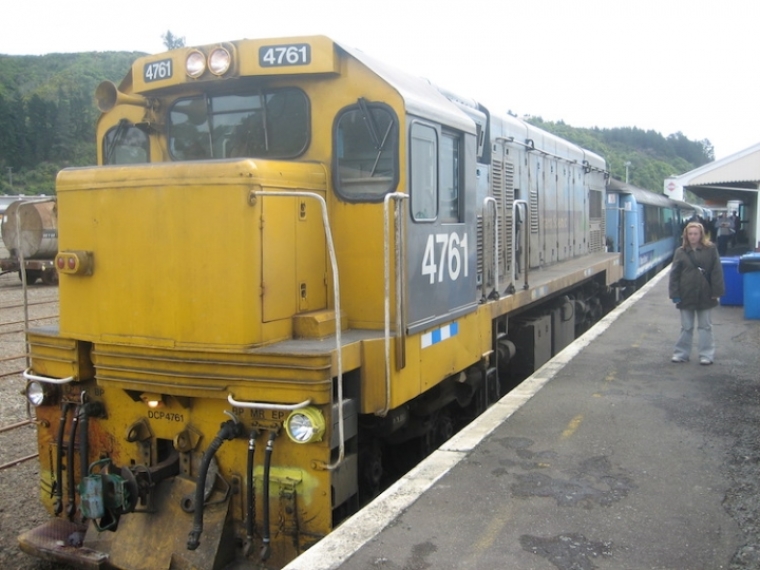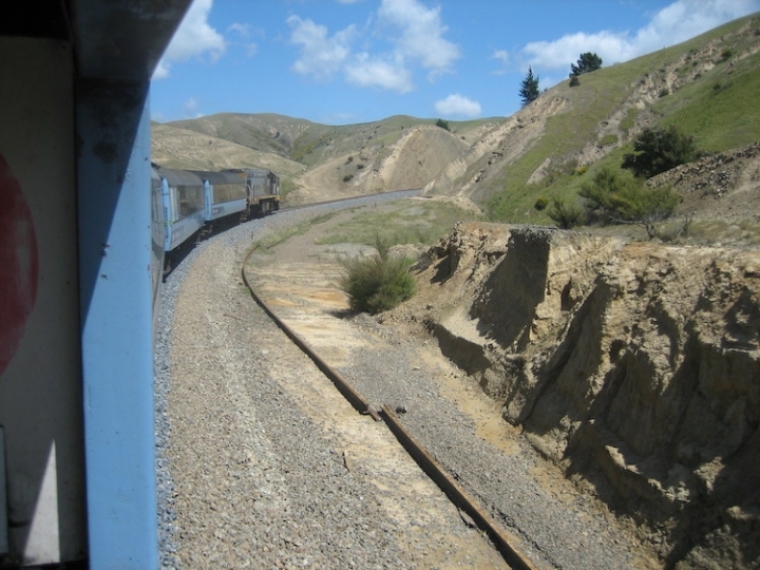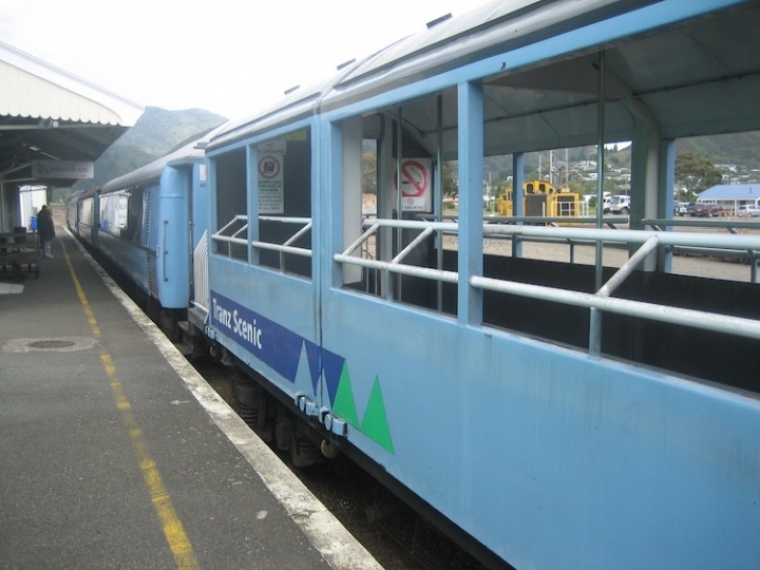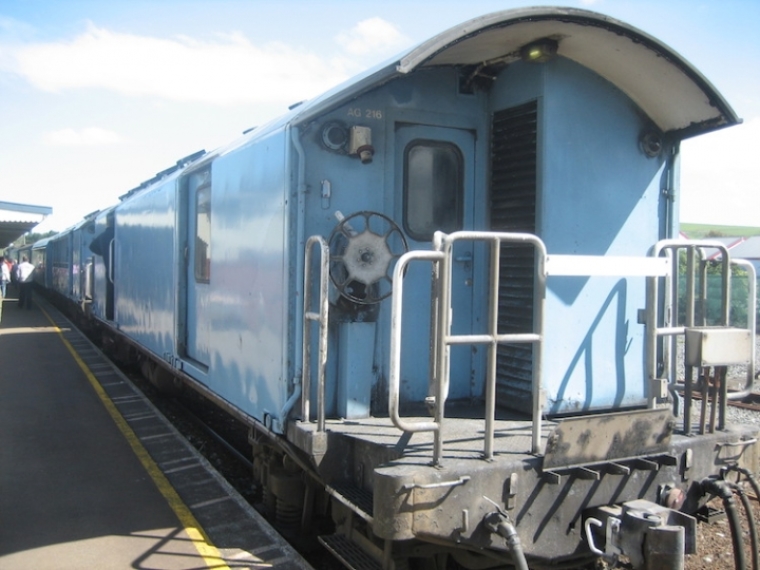
Late last year both the New Zealand Herald and the Railway Gazette made play that KiwiRail had finally made a decision on the 'electric' haulage of freight trains.
There was a two year study on the viability of the 410 km section of Hamilton – Palmerston North which is electrified. The question was, does KiwiRail electrify the entire North Island and more importantly from Palmerston North to Auckland a further 680kls. Not small bickies.
The decision came down on the side finances. On 21 December KiwiRail had decided to cease electric haulage of freight trains on the North Island Main Trunk line in favour of using diesel locomotives.
Electric traction will be phased out over the next two years, but the 25 kV 50 Hz infrastructure is to remain in place and will be maintained 'to a safe standard for any future use'.
The problem appeared to be that the central 410 km Hamilton – Palmerston North electrified section according to Chief Executive Peter Reidy meant that KiwiRail is currently running 'a railway within a railway', and 'that's not efficient, it's more costly and ultimately delivers a less reliable service'.
Electrification of the entire NIMT was costed at an unaffordable NZ$1bn, and so KiwiRail had investigated options to upgrade the fleet of 16 Brush Class EF electric locomotives dating from 1986-88, replace them with new or second-hand electric locos or replace them with diesels.

Breakdowns
KiwiRail said that on average its electric locos were breaking down every 30,000 km, compared to a fleet target of 50,000 km. Only eight extra diesel locomotives would be needed to replace them, as existing locomotives would be used more efficiently.
KiwiRail said environmental factors had been taken into account alongside the 'driving factors' of reliability and performance improvement for customers. 'Without a reliable and efficient service, our customers will not move freight on rail and every tonne of freight moved by rail delivers a 66% reduction in carbon emissions from road', said Reidy.
'We looked long and hard at the electric options and for our business, and most importantly our customers, they just did not stack up. Ultimately the high costs of a new or refurbished electric fleet couldn't be justified, while the gains to be made from standardising our fleet were very compelling.'
Back to the future
Diesel locomotives (ie diesel electric) are the most efficient of all heavy rail movement options with freight haulage. Where electrical power is amply provided at cheaper costs such as with the Queensland inland coal freight tracks, then electric motive power can be adopted.
If no, the option that KiwiRail has chosen is the best by far and it is a case of back to the future where diesels once reigned supreme.
Australia runs diesel power between the capital cities with often 4 or 5 diesel locomotives at the front, hauling longer trains with better ratios of transport, cost and benefit.
Today there is even talk of reverting to steam locomotives, not with coal, but with electric generation heating the boilers, and that is really 'back to the future' and efficiencies are considerable better than diesel or straight electric.

Problem areas
The South Australian blackouts last year illustrated the danger of relying solely on wind, water, hydro, solar, the renewable energy sources. No one now is any doubt that regardless of wishful thinking and leftie and elitist talk, at the present time it is unworkable.
Coal still remains the cheapest form of energy and to run coal fired electric stations is not only critical but necessary (I can hear the Greenies cow-toeing now) and no 'electric' railway system can possibly function where there is clear and unequivocal uncertainty of renewable energy.
Sydney and Melbourne metropolitan railway networks are massive and all rely on electric power. Brisbane is little better, at least they have a fleet of diesels at the ready although some of their diesels have been sold to South America.
As the Footplate Padre there is a lot in the bible about being prepared and certainly avoiding the pitfalls on a lack of insight. Although in the context of being alert for Salvation, the story Jesus told of the bridal party and those who went and refilled their lamps for the procession eludes to forethought and thorough preparation. There you have it!

Dr Mark Tronson is a Baptist minister (retired) who served as the Australian cricket team chaplain for 17 years (2000 ret) and established Life After Cricket in 2001. He was recognised by the Olympic Ministry Medal in 2009 presented by Carl Lewis Olympian of the Century. He mentors young writers and has written 24 books, and enjoys writing. He is married to Delma, with four adult children and grand-children. Dr Tronson writes a daily article for Christian Today Australia (since 2008) and in November 2016 established Christian Today New Zealand.
Mark Tronson's archive of articles can be viewed at